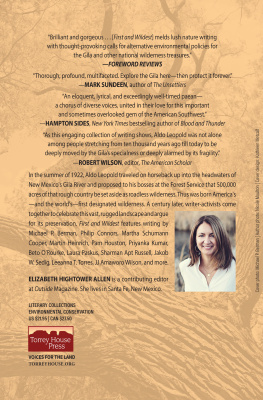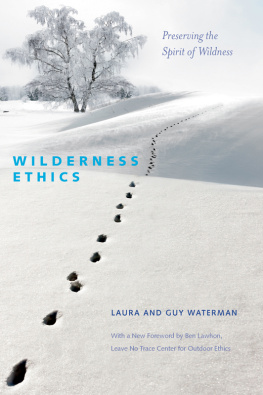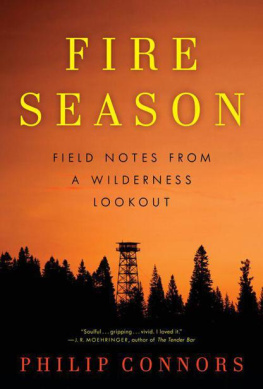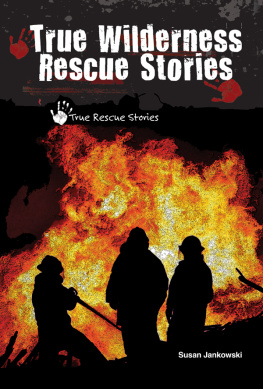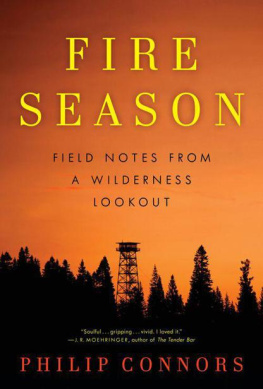Contents
Guide
Pagebreaks of the print version
PRAISE FOR FIRST & WILDEST
Amid brilliant and gorgeous nature writing, the collection aims to broaden traditional views of wilderness managementto reimagine a land ethic that is inclusive, whole, and wild. This anthology is a great addition to the literature of the American Southwest, natural history, and environmental conservation. It melds lush nature writing with thought-provoking calls for alternative environmental policies for the Gila and other national wilderness treasures.
FOREWORD REVIEWS
The Gila Wilderness is both a landmark in conservation history and a living, evolving place. First & Wildest is an elegant, impassioned, and timely tribute to its remarkable past and present.
MICHELLE NIJHUIS, author of
Beloved BeastsThe Gilaand this great coterie of writerstells us to know the earth, first know its wildness, a wildness that serves as the only path to our own true heart. Here, indeed, in the Gila Wilderness is the planets essence.
BOB SHACOCHIS, author of
Kingdoms in the Air and
The Woman Who Lost Her SoulThorough, profound, multifaceted. Whether you call this place the Pueblo ancestral home or the Apaches Northern Stronghold or the Mexicans stolen territory or the Anglos wilderness, its a range and a river that gives humans eternal gifts. Explore it herethen protect it forever.
MARK SUNDEEN, author of
The UnsettlersThe Gila Wilderness occupies a seminal place in the history of conservation and the philosophy of land use. And now, as this awesome kingdom of rugged real estate approaches one hundred years of age as a preserve, here is an eloquent, lyrical, and exceedingly well-timed paeana chorus of diverse voices, united in their love for this important and sometimes overlooked gem of the American Southwest.
HAMPTON SIDES,
New York Times bestselling author of
Blood and ThunderA century ago, the prehistoric beauty and rugged diversity of the Gila region of southwest New Mexico inspired a US Forest Service ranger to propose the creation of the Gila Wilderness, the first such designation in the United States. That ranger was the great naturalist Aldo Leopold, and as this engaging collection of writing shows, he was not alone among people stretching from ten thousand years ago till today to be deeply moved by the Gilas specialness or deeply alarmed by its fragility.
ROBERT WILSON, editor,
The American ScholarFIRST
&
WILDEST
TORREY HOUSE PRESS

Salt Lake City Torrey
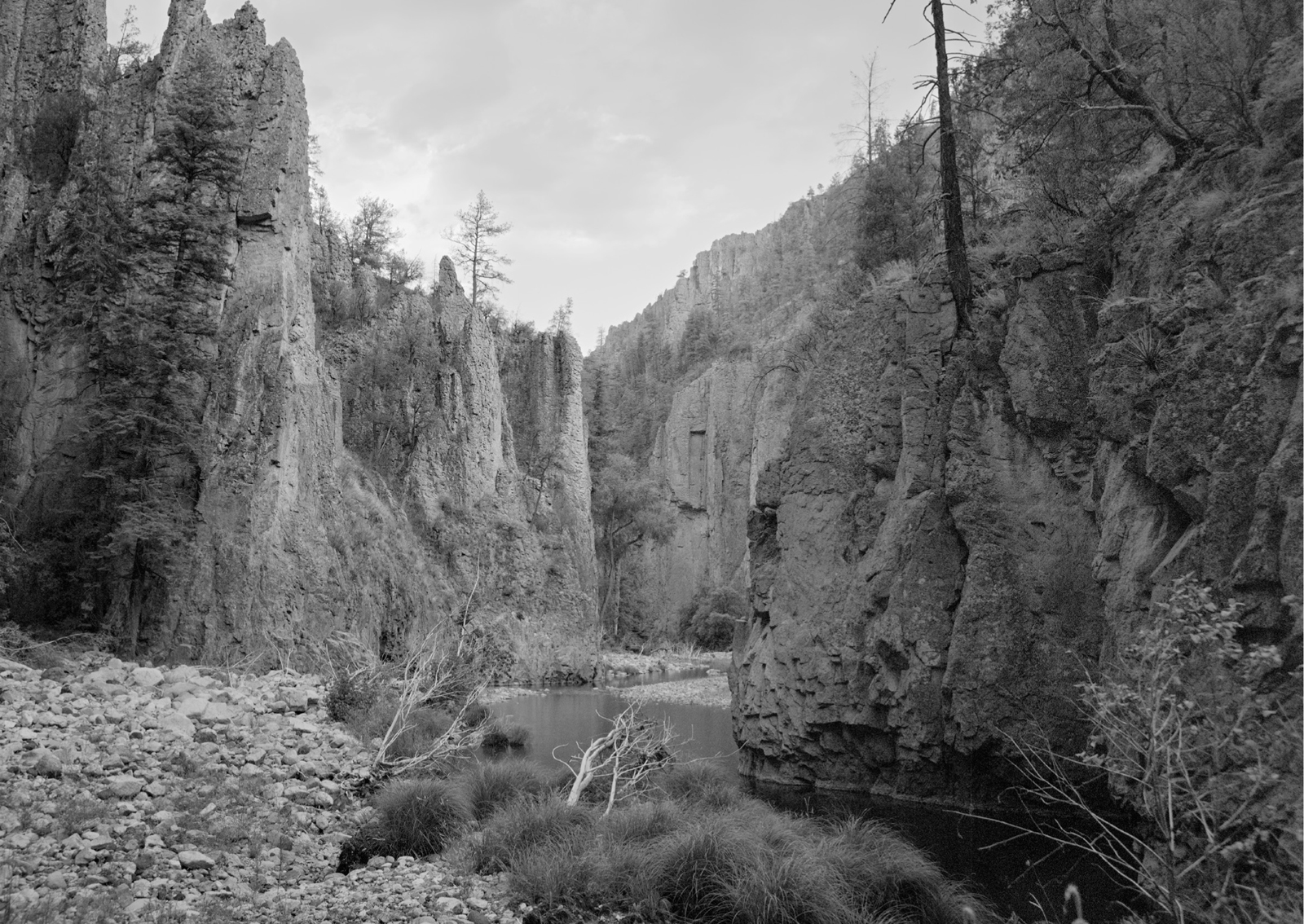
FIRST
&
WILDEST
THE GILA WILDERNESS AT 100
EDITED BY ELIZABETH HIGHTOWER ALLEN
PHOTOGRAPHS BYMICHAEL P BERMAN
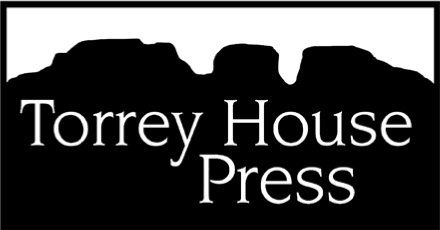
Inferno by Charles Bowden. Permission granted courtesy of the Charles Clyde Bowden Literary Trust. All rights reserved.
First Torrey House Press Edition, March 2022
Copyright 2022 by Elizabeth Hightower Allen
All rights reserved. No part of this book may be reproduced or retransmitted in any form or by any means without the written consent of the publisher.
Published by Torrey House Press
Salt Lake City, Utah
www.torreyhouse.org
International Standard Book Number: 978-1-948814-55-3
E-book ISBN: 978-1-948814-56-0
Library of Congress Control Number: 2021941408
Cover photo by Michael P. Berman
Cover design by Kathleen Metcalf
Interior design by Rachel Buck-Cockayne
Distributed to the trade by Consortium Book Sales and Distribution
Torrey House Press offices in Salt Lake City sit on the homelands of Ute, Goshute, Shoshone, and Paiute nations. Offices in Torrey are on the homelands of Southern Paiute, Ute, and Navajo nations.

CONTENTS
- The truth is that which prevails in the long run.
- As told to Alastair Lee Bits
- This is Apache Land.
- We need to learn from the people who lived here hundreds and thousands of years ago.
- The history of American conservation is not as white as we think it is.
- I wondered whether the fire would deform my connection to the country. Instead, I found I loved it more than ever.
- Wild landscapes seen and unseen. Wild landscapes, carried home, put in a salad.
- I asked myself how much change I am able to accept, and how much choice I will have.
- You will feel the world change when you leave a marked trail.
- Many have come to love the riverperhaps because we almost lost it.
- The Gila is less curated, wilder and more rawand, for me, its heaven on earth.
- Freedom and wildness are braided together, inseparablethey make each other whole.
- I am a contradiction, a Chicana biologist, one who claims to love the land yet is here killing fish.
- Deep in the Gila Wilderness, I would set a new course for my life.
- The purity of my exhaustion was paired with an equal dose of appreciationfor wild animals, this place, a dedicated friend.
- Had I thought of it, I might have thrown back my head and howled.
- For these youths, whose upbringing was filled with conflict and trauma, unlocking the secrets of the Gila was more than just a trip to the forest.
- I thought of the stories we share of being broken and healed; of fire scars, flood debris, the forces that keep our forests and rivers whole.
- Does the bear make metaphors of the river? Does the mountain lion stop to admire the mountain? Im the intruder here.
FOREWORD
TOM UDALL
ONE HUNDRED YEARS AGO, ALDO LEOPOLD PROPOSED a novel andas it turned outbrilliant, forwardlooking idea. Leopold had worked for more than a decade in New Mexico for the fledgling US Forest Service, and had come to respect and love the untrammeled lands in the southwest part of the state we know as the Gila. Forty million years ago, super-volcanoes created one of the largest, most explosive, and longest-lasting volcanic activity in the world, spanning thirty-five million years. The formation of calderas, faulting, and erosion created the landscape that captivated Leopold as a young man: the high mesas, rolling hills, and deep canyons in the eastern portion; the sheer cliffs imposing upon the Gila River in the central area; and the high mountains of the Mogollon toward the west. He knew the pinon-juniper woodland and desert vegetation at the lower altitudes, the ponderosa pine as the elevation increased, and the spruce-fir and aspen forests above nine thousand feet.
Leopold understood earlier than most that maintaining natural balance in the system required protecting top predators like the wolf and mountain lion as well as the coati, javelina, and elk. A thing is right when it tends to preserve the integrity, stability, and beauty of the biotic community. It is wrong when it tends otherwise, he wrote. He called this thinking like a mountain. While the term

